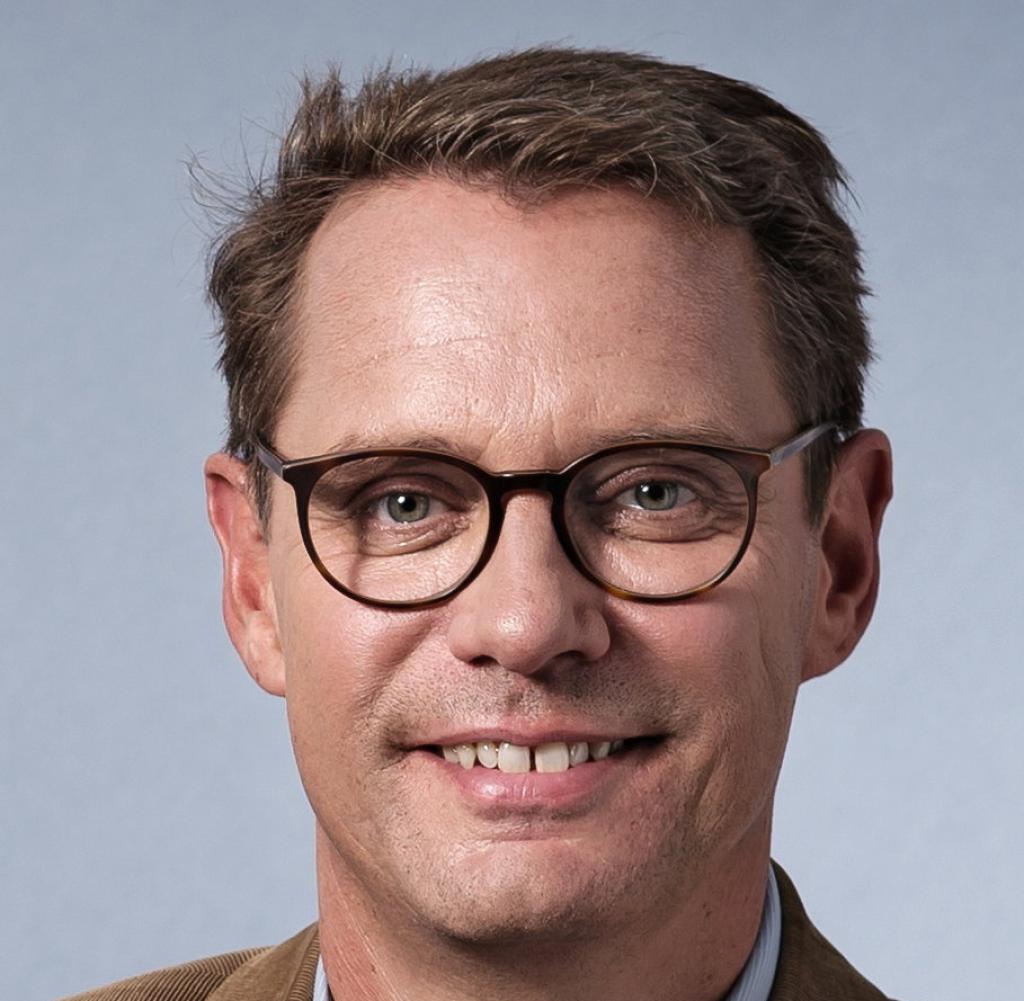For years, the order in football TV in Germany has always remained the same: when a goal is scored, the first to celebrate are the viewers with satellite TV. Then come the cable connections, then the indoor antenna. At the very end, the goal also reaches all those who are following the game on the Internet. This is particularly unpleasant in the summer for important games, because if you are watching outside or with the window open, the goal celebrations can also be heard by people who are still watching the ball.
For the largest cable network operator Vodafone, this was reason enough to start the “Jubel Booster” project. The goal: to be faster than the satellite. Vodafone has now announced that it has been completed – at least in 13 federal states.
For the first time in the history of television, the live images of a football broadcast will first reach viewers with a cable connection, then via satellite, then via the indoor antenna and then, at some point, via Internet television. In North Rhine-Westphalia, Hesse and Baden-Württemberg, for technical reasons, everything will remain in the old order for this European Football Championship. According to Vodafone, work is still being done on the cheer booster there.
To ensure that the new pecking order in large parts of Germany does not remain just a claim by Vodafone, the provider had the transmission speed measured by Munich-based market researcher veed analytics before and after the cheer booster was activated during the match between the German women’s national team and Poland on June 4th on several cable and internet connections in Munich.
Result: Cable viewers were able to celebrate two seconds before satellite TV. Five seconds after the cable, the goal was also received by the antenna TV DVB-T2. After another two seconds, it was received by the Internet TV provider Waipu.tv. Other Internet TV providers followed at a considerable distance; with Deutsche Telekom’s Magenta TV One Box, it was even 26 seconds after the cable TV.
“The measured values depend on several factors, especially for internet-based OTT services, and can vary slightly depending on the time, location, device and provider,” explains Bernd Riefler, CEO of veed analytics. OTT stands for over-the-top and refers to content that is offered via an internet connection without the provider itself having any influence or control over the content.
Some TV providers will probably still be working on their technology before the European Championships begin. The Freenet subsidiary Waipu.tv has already announced that it will optimize the transmission speed of its TV signal for the two channels Das Erste HD and ZDF HD during the European Football Championships.
The new high-speed technology is called “Sport Mode” and is said to radically reduce delays in the transmission signal. However, this requires the Waipu TV stick. Anyone who watches Waipu.tv without the TV stick, for example via an app on their smart TV, will not notice any improvement.
The speed of the signal transmission depends on the distance it has to travel and how it is processed. In the past, satellite TV was the leader here because the signal went from the camera via the OB van directly to the satellite and then to the home screens. In order to exceed this speed, Vodafone has changed the cable feed in the cable network. The signals from ARD and ZDF now come to the two TV centers in Kerpen and Frankfurt-Rödelheim via fiber optics. In the past, they were also transmitted to the centers via satellite.
In addition, the uncompressed TV signal from the TV station studios will now be used unchanged in the signal processing and then fed into the cable for the duration of the European Football Championship. For technical reasons, this cheer booster currently only works on Das Erste HD and ZDF HD. 34 of the 51 games will be shown on the two channels. Twelve games will be shown on RTL, five exclusively on MagentaTV. The latter is also the only provider to broadcast all 51 games.
Vodafone can currently make good use of the argument of its early goal in cable television. From July 1st, the so-called ancillary costs privilege will no longer apply. Cable connection fees can then no longer be collected via the ancillary rental costs. This means that more than twelve million TV cable households will have to sign new contracts or find a new TV transmission method. “With the Vodafone Jubel-Booster, we are showing what else is possible with cable,” says Guido Kneuper, TV technology expert from Vodafone Engineering.
But even the fastest TV broadcast is several seconds behind reality. Live broadcasts on the radio are faster, but only if the signal is received analogue via FM, which is often the case in older cars. But many radio listeners receive their broadcasts digitally via DAB, which in turn requires digital conversion and means a time delay of several seconds.
If you really want to experience the goal in real time, you have to be in the stadium. That’s probably only an option for a few people. Alternatively, you can stand near the stadium and listen to the goal celebrations. But you should calculate your distance to the pitch, because sound travels 343.2 meters per second – in dry air and at 20 degrees Celsius.




